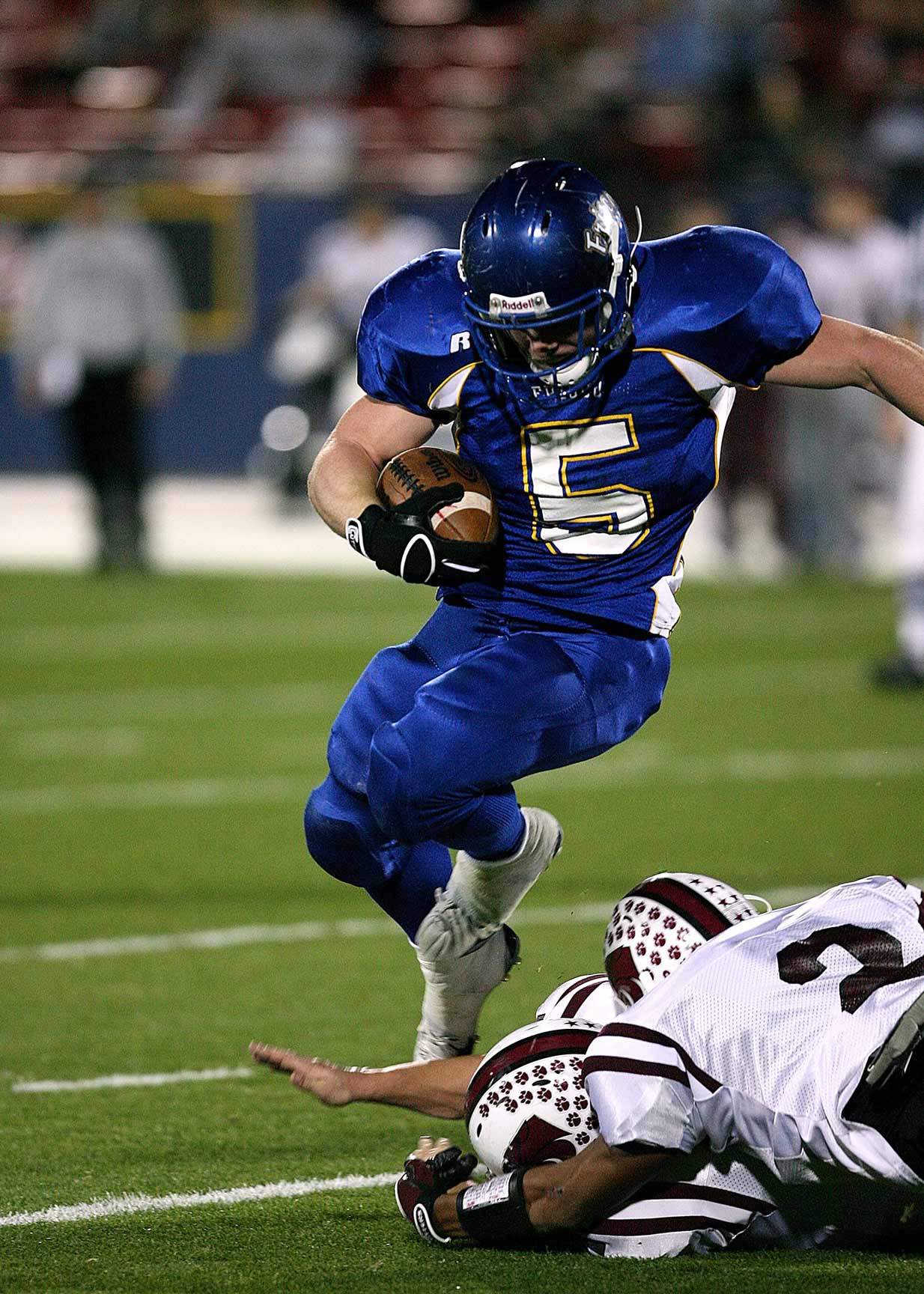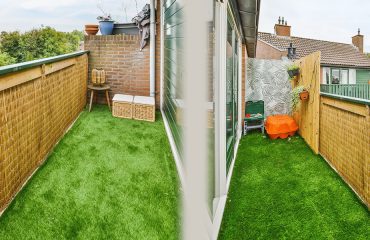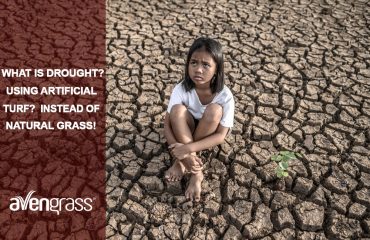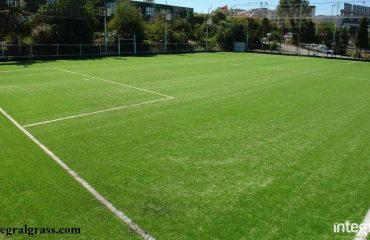
When the artificial grass first came out, injuries were caused by difficulties in the ground. The absorbent feature on artificial grasses was not present in the first grasses, but artificial grasses are now differentiated by the quality of its. In the first artificial grasses, redness and injuries occurred due to friction, but every day artificial grasses get softened more and are produced like real grass.
Artificial grass is also preferred by clubs because of their maintenance costs and self-amortising. UEFA supports the development of artificial grass and attaches importance to the clubs and companies that invest.
There should be a standard in the world about natural grass. However, the structure of every country and region is not suitable for growing natural grass. Since not every region of the world is fertile for natural grass, new alternatives have begun to be explored. Because of the stadiums of many countries and clubs around the world are closed, it is difficult to grow artificial grass here. It is necessary to have a natural life for growing artificial turf. Because of such problems, artificial grass technology is being developed day by day.
Artificial Grass Development Over Time! 
The grass is categorized among themselves. The first origin of artificial grasses’ maintenance was 13 times less than natural grass, so maintenance costs were lower than natural turf. Artificial grasses were unfavourable when they first came out; it was thought that the ball does not jump too much on it for this reason more injuries were occurring. In the first origin artificial grass injury statistics, the injuries were twice higher than the injuries in the natural grass, but this was constantly investigated and the reasons are discovered and the product improvements were made. New origin artificial grasses are grasses made of polypropylene and polyethene filled with rubber in it and they are better for football. When these grasses became widespread, the product was accepted by humans using the term football grass.
Synthetic grasses, originally used in youth tournaments, was accepted by FIFA and started to be used in international football matches as well. In Sweden Premier Leauge during a season of research between players who played on both artificial grass and natural grass, show that the injury rate was almost the same in both fields.
Since the most recently produced grasses have shock-absorbing feature injuries are prevented. The types of injuries that appear on natural grasses and artificial grasses can be structurally different from each other. But we cannot say that; “Players playing on natural grass can never be injured.” There is a risk of injury depending on the style and structure of the field. Due to the climatic conditions, especially in winter, artificial grasses are highly affected. Natural grasses need a lot of care and consume a lot of water. Natural grasses difficult to maintain efficiency and quality throughout the field. If you want to have or buy artificial grass, you must determine the right product.


